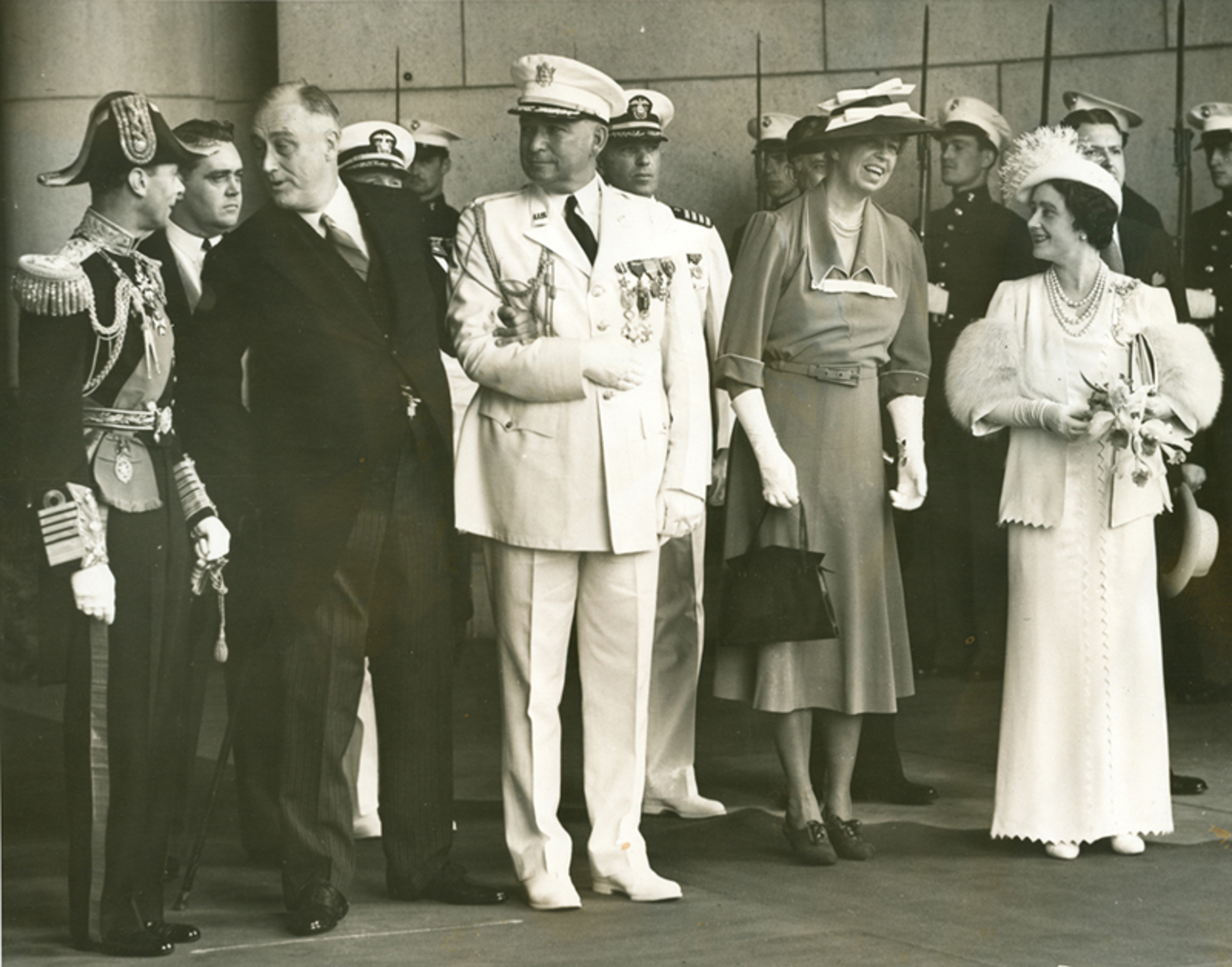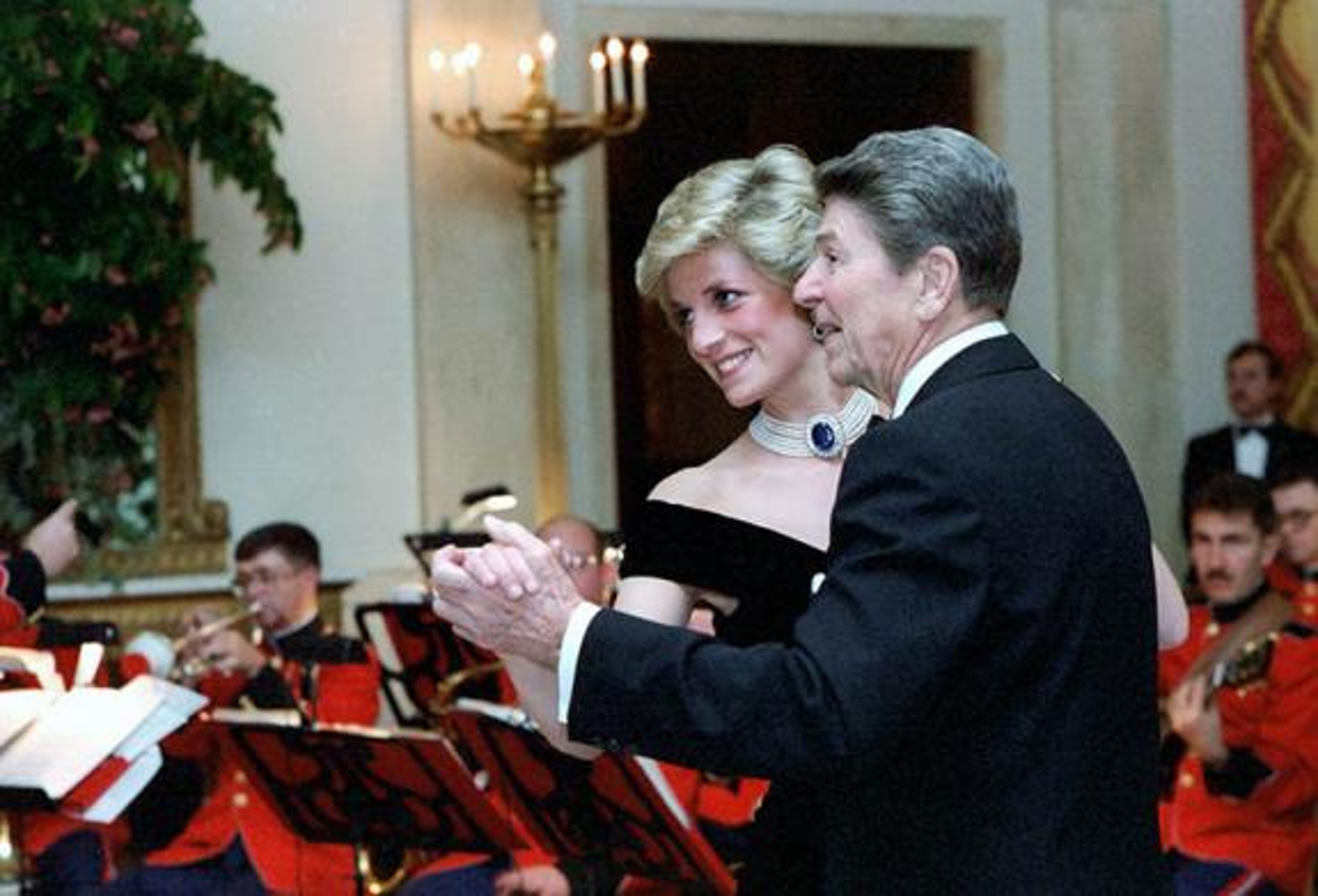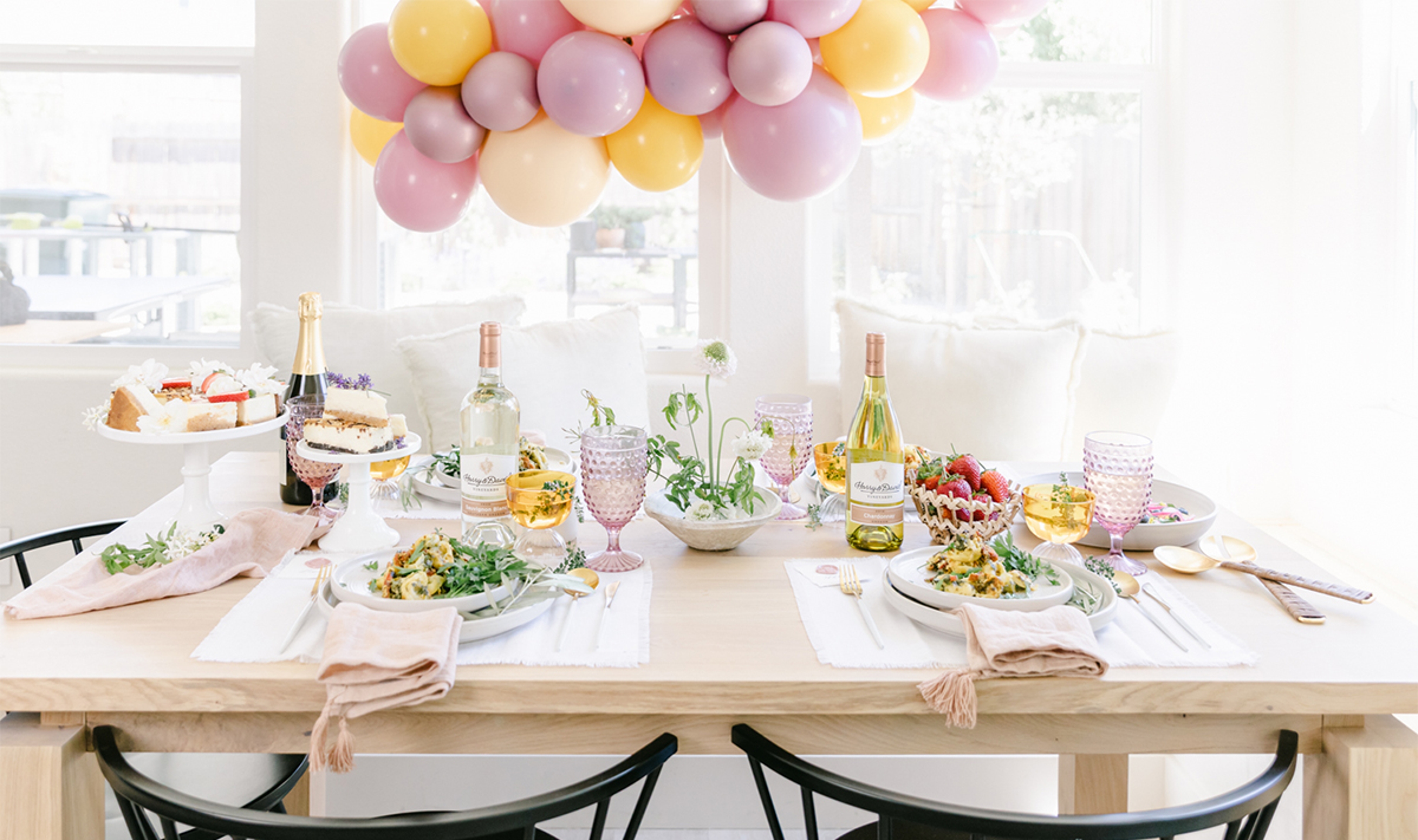Eat Like a President
“We the people" may have overthrown a king to form these United States of America, but there's no doubt U.S. presidents have continued eating like royalty.
Feb 04, 2025
When you're the president of the United States, you have 24-hour access to an accomplished White House kitchen staff who's ready to whip up almost anything at a minute's notice. Most often, that's simple comfort foods, which technically means anyone can eat like a president. But the commander in chief's culinary privilege is best exemplified at all those headline-grabbing official state dinners featuring lavish, multi-course menus prepared by world-renowned chefs.
5 delicious state dinners
Say aloha to a very long meal
Britain's King George III would have felt quite at home at Ulysses S. Grant's 29-course banquet to honor another royal, Hawaii's King David Kalakaua, who played it safe by bringing his food testers. Grant's 1874 event, which was enthusiastically overseen by his wife, Julia, holds the distinction of being the first official presidential state dinner featuring foreign dignitaries. Partridge legs and the former general's favorite dessert, rice pudding, punctuated the nearly never-ending meal, which one notable guest described in a memoir as “brilliant."

Too "hot" to handle
That kind of opulence continued clear through the end of Herbert Hoover's presidency, drawing both public celebration and condemnation. Fearing more of the latter during the Great Depression, first lady Eleanor Roosevelt put an end to the extravagance. Her husband, four-termer Franklin Delano Roosevelt, however, may have taken the message too far in capping off a restrained stately meal to honor King George VI and Queen Elizabeth by serving hot dogs on a silver platter. The queen had no idea how to eat them, but the king dug in, signaling his approval at the event that happened to be the first time a British monarch set foot on American soil.
What's the French word for "Camelot"?
The Kennedys are credited with bringing opulence back to state dinners, which only contributed to the couple's image as American royalty. First Lady Jacqueline Kennedy fussed over every detail, including hiring the White House's first executive chef. She also called upon her heritage in insisting guests be treated to sophisticated French cuisine. At a state dinner honoring Indian Prime Minister Jawaharlal Nehru, calligraphy menus in French boasted of leg of lamb, grilled tomatoes, spinach with cream, and an ice cream dish called bombe glacée.

A dinner that gave everyone chills cause the power from the food they were supplying, it was electrifyin'!
Ronald Reagan and his wife, Nancy, followed the Kennedys' template 20 years later. The only thing that topped their extravagant menus was their eclectic mix of guests. That was certainly the case during their 1985 dinner to honor the prince and princess of Wales, during which Princess Diana scandalously danced with the star of Grease, John Travolta. After that, who could remember what was on the menu? For the record, it was an exquisitely executed lobster mousseline, glazed chicken capsicum, brown rice, garden vegetables, jicama salad, and a peach sorbet basket with Champagne sauce and petit fours for dessert.
Something fishy was going on in the White House

In 2005, George W. Bush and wife Laura hosted the first pescatarian state dinner in honor of Indian Prime Manmohan Singh and his wife, Gursharan Kaur. The menu called for chilled asparagus soup paired with a chardonnay, pan-roasted halibut in ginger-carrot butter, Basmati rice with pistachios and currants, herbed summer vegetables (a trio of celery hearts, leaves, and roots), and a salad of Bibb lettuce in a citrus vinaigrette — all paired with pinot noir. The crescendo was lotus blossom mango chocolate-cardamom and cashew ice cream.
Presidents and their wine
Until the 1960s, presidential patriotism stopped short of endorsing American wines at state affairs because they were considered vastly inferior to European vintages. George Washington got the ball rolling by serving only imported Madeira and sherry, but it was Thomas Jefferson, America's “first epicurean president," who snubbed American wines in a way that stuck. Our third president was a world-renowned wine expert and certainly did not come by his knowledge for lack of tasting. In fact, Jefferson's love of wine was as prolific as his spending. He often purchased Madeira and French Bordeaux by the barrels and amassed a wine bill of more than $213,000 (in today's dollars) over his two terms.
In 1961, John F. Kennedy took the first bold step of including an American wine, Almaden Pinot Noir, on the menus at two state dinners. He was also the first president to replace traditional sherry with chardonnay.
Lyndon Johnson doubled down, raising eyebrows with scattershot pairings of pinot noir, sauvignon blanc, cabernet sauvignon, and sparkling wine (and beer) with spare ribs and other barbecue food at a state dinner honoring West German Chancellor Ludwig Erhard.
Jimmy Carter received kudos for pairing a rosé of cabernet sauvignon with veal saddle when hosting dignitaries to celebrate the Panama Canal Treaty in 1977. But as California's former governor, Reagan was at an advantage in selecting the best West Coast wines, which often included zinfandels and merlots. United Kingdom Prime Minister Margaret Thatcher particularly enjoyed the Gipper's pairing of an American chardonnay with baby lobster belle vue. Bill Clinton also notably paired an Oregon pinot noir with grilled arctic char, lobster sausage, and wild mushroom risotto at a state dinner honoring Japanese Emperor Akihito.
All the presidents' comfort food
Given the outsized media play surrounding state dinners, it's easy to imagine presidents enjoying such decadence weekly. But even the Reagans, who hold the record for state dinners, hosted only 59 over two terms (OK, so maybe every other week). More often than not, presidents request foods that remind them of home and evoke childhood memories.

Washington's favorite food was hoecakes, an early version of pancakes made from cornmeal that was topped with honey. Jefferson, who developed a love for pasta and cheeses abroad, obsessed over mac 'n' cheese. James Monroe was particularly fond of spoon bread, a dish similar to bread pudding, and John Quincy Adams practically subsisted on bowls of fresh fruit, including pears, apples, berries, and cherries. For his part, Andrew Jackson loved “leather britches," which was a way of drying and preparing string beans.
Abraham Lincoln, who suffered from melancholia long before he had to navigate the Civil War, and often had to be reminded to eat, mostly stuck to corn bread with water or coffee. But chicken fricassee and gingerbread cookies could bring a smile back to his face. Andrew Johnson constantly craved Hoppin' John, a dish made with black-eyed peas, rice, onions, and sliced bacon. And Grover Cleveland was known to pass up gourmet meals in favor of the house staff's corned beef and cabbage. Big-game hunter Theodore “Teddy" Roosevelt repeatedly asked for fried chicken, and William Howard Taft, our nation's heaviest president, ordered a 12-ounce steak with every meal.
Franklin D. Roosevelt's well-publicized indulgence was grilled cheese sandwiches, which restaurants at the time called “toasties" in referencing his fireside chats. Kennedy, a New Englander, made sure a bowl of creamy clam chowder was always on the boil and sometimes even asked for the Manhattan-style variety. Richard Nixon began and ended his days with cottage cheese — in the morning, topped (oddly) with ketchup, and then piled onto pineapple slices in the evenings.
Southerner Jimmy Carter could have cheesy grits any time of the day, and even included the dish at state dinners. Until Joe Biden became closely associated with ice cream cones, Reagan was the president most famously tied to a single food: jelly beans. He initially ate them as a way to stop smoking, and then couldn't do without them.
Clinton and Donald Trump's mutual appreciation for cheeseburgers is legendary. But while the former enjoyed his kitchen staff's gourmet take on the American standard, the latter kept it simple, preferring patties from McDonald's or Wendy's. If that seems eccentric — especially for a billionaire — keep in mind that two presidents, William Henry Harrison and James Garfield, couldn't get enough of squirrel stew.
.svg?q=70&width=384&auto=webp)







